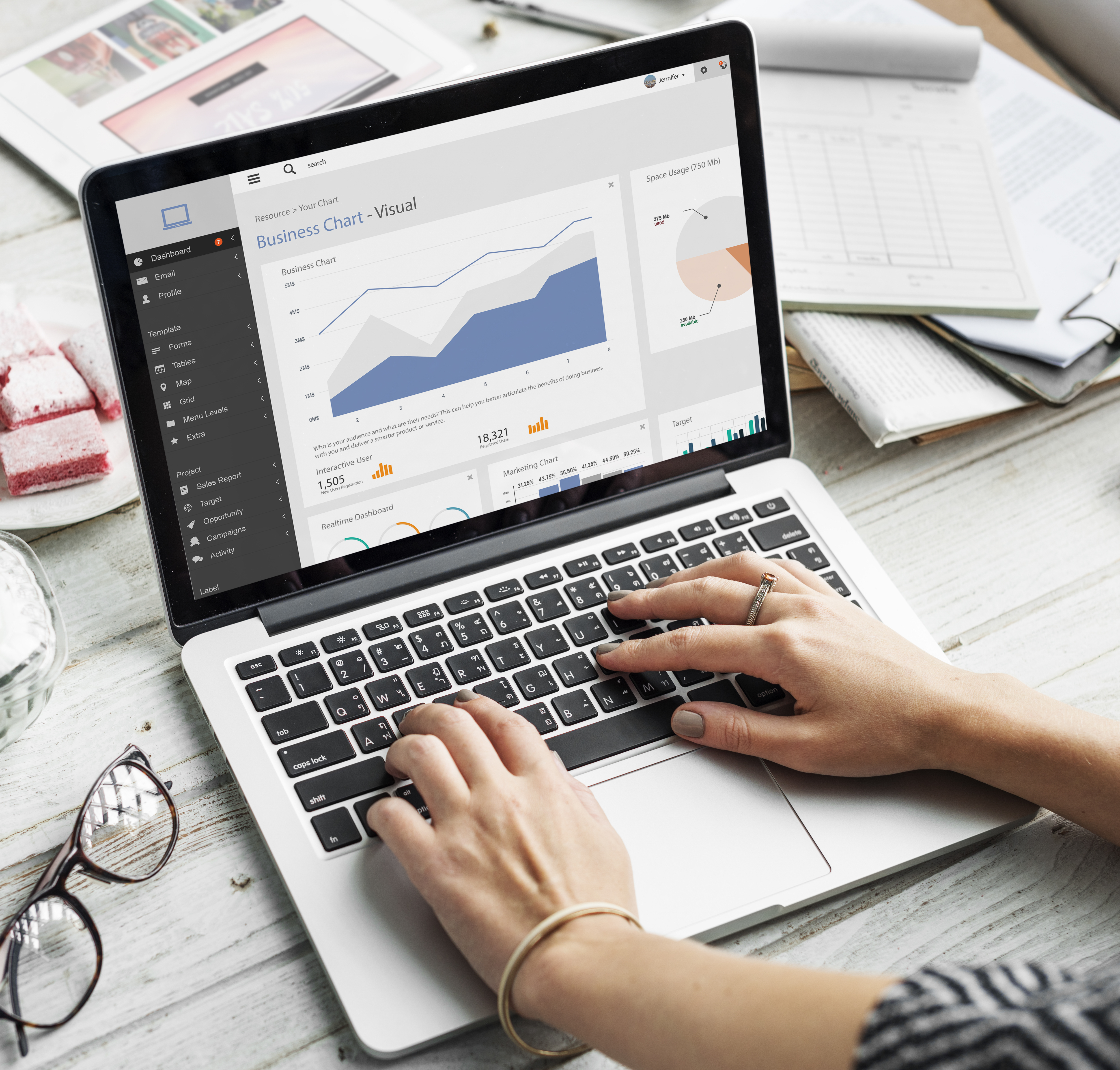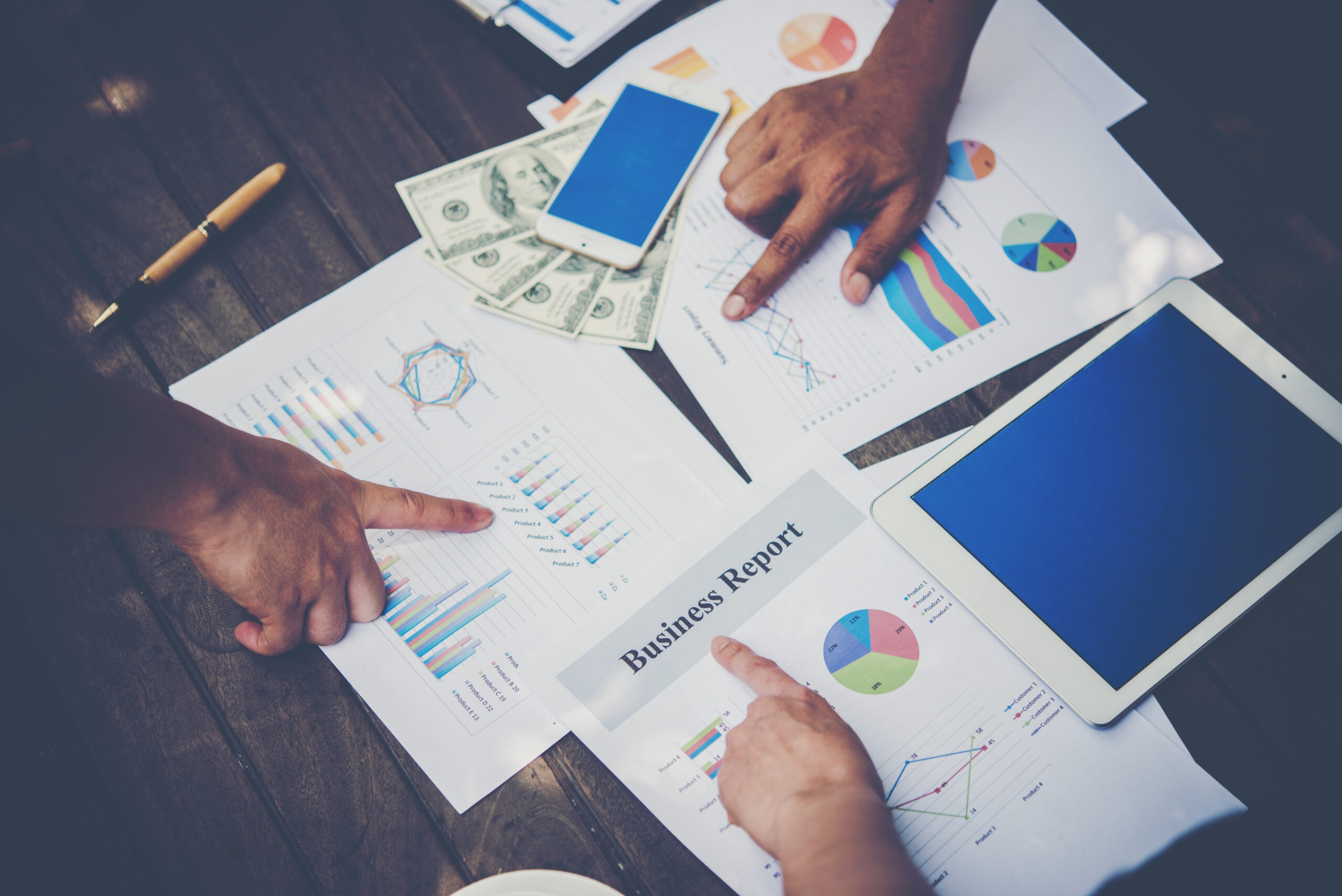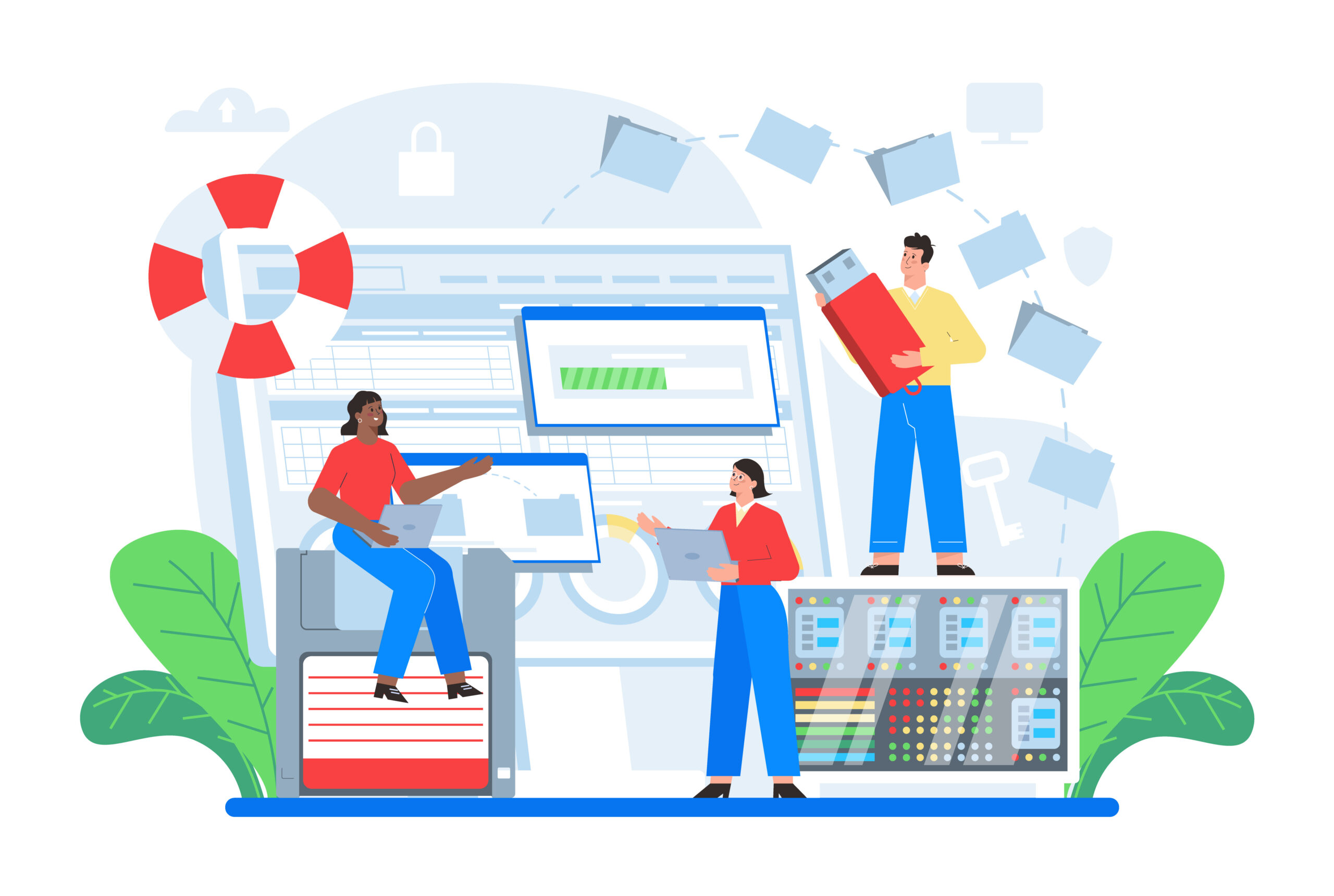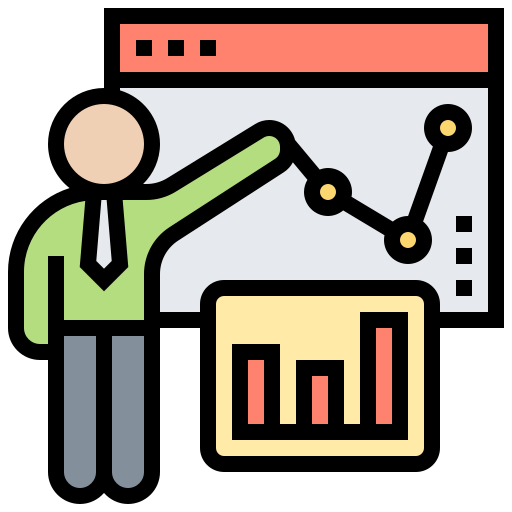Data Processing
Data processing has evolved into an indispensable resource for businesses of all sizes and in all sectors, with applications ranging from marketing analytics and business intelligence to financial forecasting and predictive maintenance. It’s a tremendous tool for exploiting data’s full potential for development, creativity, and success.
It is a cutting-edge and ever-evolving discipline that employs ingenuity, technology, and critical thinking to assist in making sense of the world and future decisions for businesses.
What is Data Processing?
Data processing is fundamentally an artistic undertaking that calls for expert-level knowledge of statistics, data visualization, machine learning, and other related fields. Data mining is the process of using state-of-the-art technology and complex algorithms to discover previously unseen patterns, trends, and correlations in large amounts of data.


How Data is Processed?
The data processing skills of digital marketers are essential in today’s competitive market, where data is abundant and insights are critical to success. By leveraging the power of data, digital marketers can make informed decisions, uncover hidden opportunities, and stay ahead of the competition.
Why We Should Use Data Processing?
Digital marketers are masters of the art of data processing, using a range of innovative techniques to turn raw data into actionable insights. From collecting data on website traffic and audience behavior to analyzing campaign performance and forecasting future trends, data processing is an essential part of any digital marketer’s toolkit.
But data processing isn’t just about crunching numbers and generating reports. It’s also about uncovering the hidden stories and meaningful connections that lie beneath the surface of the data. Digital marketers use their creativity and analytical skills to identify patterns, trends, and correlations that might otherwise go unnoticed, revealing new opportunities and strategies for growth.


Example of Data Processing
Let’s say a business is running a Facebook advertising campaign to promote a new product. The campaign has been running for a few days, and the business wants to assess its performance and make data-driven decisions to optimize the campaign.
The first step is data collection. The business collects data from the Facebook advertising platform, including metrics such as click-through rate, conversion rate, cost per click, and cost per acquisition. The business also collects data from the website, such as bounce rate, time on site, and pages per session.
Next, the business performs data analysis using analytical tools such as Google Analytics and Facebook Ads Manager. The analysis reveals that the campaign is generating a high click-through rate but a low conversion rate, indicating that users are clicking on the ad but not purchasing the product.
The business then interprets the data insights and identifies an opportunity for improvement. They notice that the ad copy focuses on the product features rather than the benefits, which may not be resonating with the target audience. Based on this insight, the business decides to create a new ad with copy that highlights the product’s benefits and test it against the original ad.
Finally, the business takes action and implements the changes by running the new ad and monitoring its performance. The data processing cycle is ongoing, and the business continues to collect, analyze, interpret, and take action based on data insights to optimize their digital marketing campaigns and drive better results.
Data Processing Cycle

Data Collection
Gathering data from a range of sources, including web analytics, social media platforms, surveys, and customer feedback.

Data Preparation
Cleaning, formatting, and structuring the data to ensure accuracy and consistency, using various tools and techniques to remove irrelevant data, fill gaps, and eliminate duplicates.

Data Analysis
Employing statistical methods, data visualization techniques, and machine learning algorithms to uncover patterns and insights within the data, identifying trends, correlations, and customer behavior to inform marketing strategies.

Data Interpretation
Interpreting the insights gained from the data to make informed decisions, optimizing marketing campaigns, identifying areas for improvement, and creating new opportunities.

Data Presentation
Presenting the insights gained from the data to stakeholders and decision-makers through reports, dashboards, and visual aids to effectively communicate the data-driven insights.

Stages of Data Processing
The first stage, data collection, involves gathering data from various sources, such as website analytics, social media platforms, and third-party data providers.
The second stage, data cleaning, is necessary to ensure that the collected data is accurate, reliable, and consistent.
In the third stage, data analysis, the data is examined to identify patterns, trends, and insights that can inform marketing strategies. Techniques such as statistical analysis, data mining, and machine learning algorithms can be used to extract meaningful insights from the data.
The fourth stage, data visualization, involves creating visual representations of the analyzed data, such as charts and graphs, to help communicate the insights in a clear and concise manner.
Finally, the fifth stage, actionable insights, involves using the insights gained from the data analysis to inform marketing strategies and tactics, such as adjusting ad campaigns, targeting specific customer segments, and creating personalized messaging.
By following these technical stages of data processing in digital marketing, businesses can make data-driven decisions that lead to better results and help them achieve their marketing objectives.
Types of Data Processing
Google Analytics
Useful information about website visitors, their actions, and conversion rates can be gleaned through web analytics platforms like Google Analytics. This information is used by digital marketers to enhance their websites’ usability, functionality, and conversion rates.
Social Media Marketing
With the use of social media monitoring tools, digital marketers can keep tabs on conversations about their company, its rivals, and emerging trends in the sector. They can use this information to gauge client opinion, monitor activity levels, and fine-tune their social media approach.
Surveys
In order to learn more about their customers’ preferences, pain spots, and general satisfaction with their products, digital marketers conduct surveys with these groups.
A/B Testing
A/B testing is a technique for determining the superiority of two marketing variants, such as two distinct email subject lines or landing sites. Marketers in the digital realm can utilize this information to fine-tune their strategies and boost the success of their efforts.
Predictive Analytics
Predictive analytics is a method for predicting future trends and outcomes by analyzing past data and applying machine learning algorithms. This information is invaluable to digital marketers, who can use it to foresee and prepare for upcoming opportunities and threats, refine their approaches to marketing, and ultimately, outperform the competition.
Future of Data Processing
Machine learning (ML) and artificial intelligence (AI) algorithms are already being used in data processing to recognize patterns, foresee outcomes, and automate routine operations. Marketers will be able to perform real-time data analysis and provide customers with highly customized experiences if these technologies continue to progress.
Using data, statistical algorithms, and machine learning, predictive analytics determines the likelihood of future outcomes given existing data. As this method becomes more commonplace in digital marketing, businesses will be better able to predict their customers’ actions and respond accordingly.
The number and significance of data used in digital marketing is only expected to increase, highlighting the growing importance of safeguarding sensitive information. More rules and greater emphasis on consumer data protection are on the horizon for data processing.
Data processing in real time is already being used in real-time bidding, dynamic pricing, and individualized suggestions in digital marketing. In order to meet the ever-evolving demands of their customers, businesses will increasingly rely on real-time data processing in the years to come.

Marketers will need to integrate data from numerous sources to get a full picture of their customers as they move fluidly across channels and devices. This is known as omnichannel data integration. The integration of data across channels and platforms will require more advanced technologies in the future of data processing.
Summing up
Whether it’s optimizing a marketing campaign, understanding customer behavior, or predicting future trends, data processing is an essential part of any digital marketer’s workflow. By leveraging the power of data, digital marketers can unlock new opportunities, identify areas for improvement, and drive growth and innovation in their organizations. So if you’re a digital marketer, embrace the power of data processing and see where it can take you!
